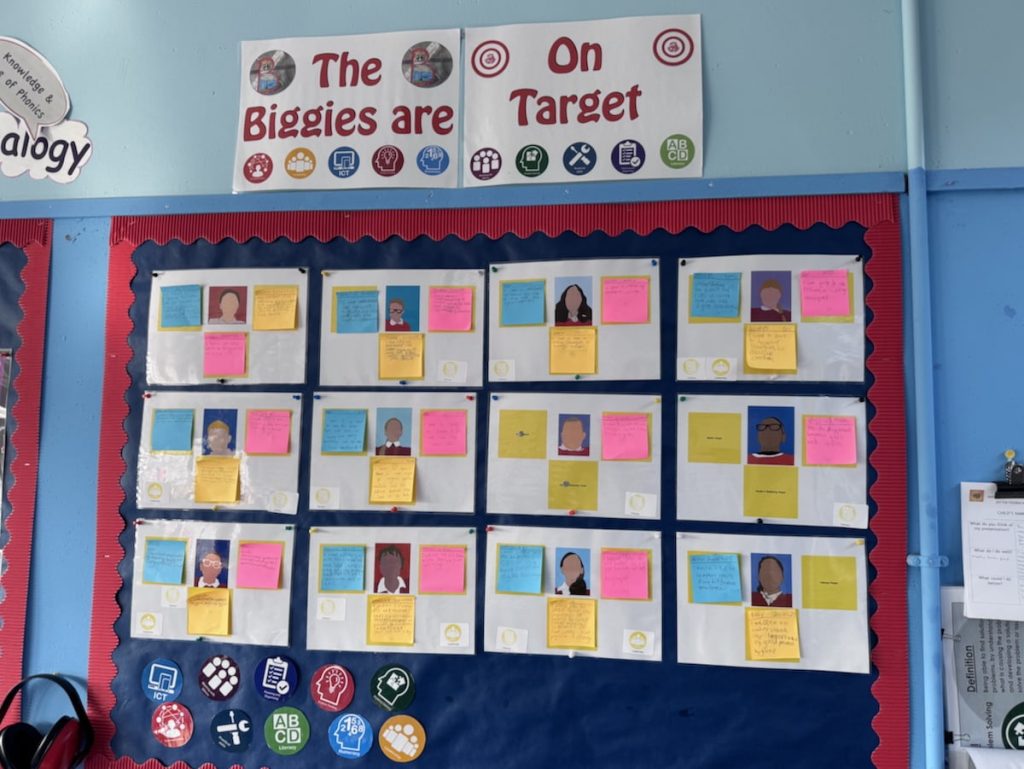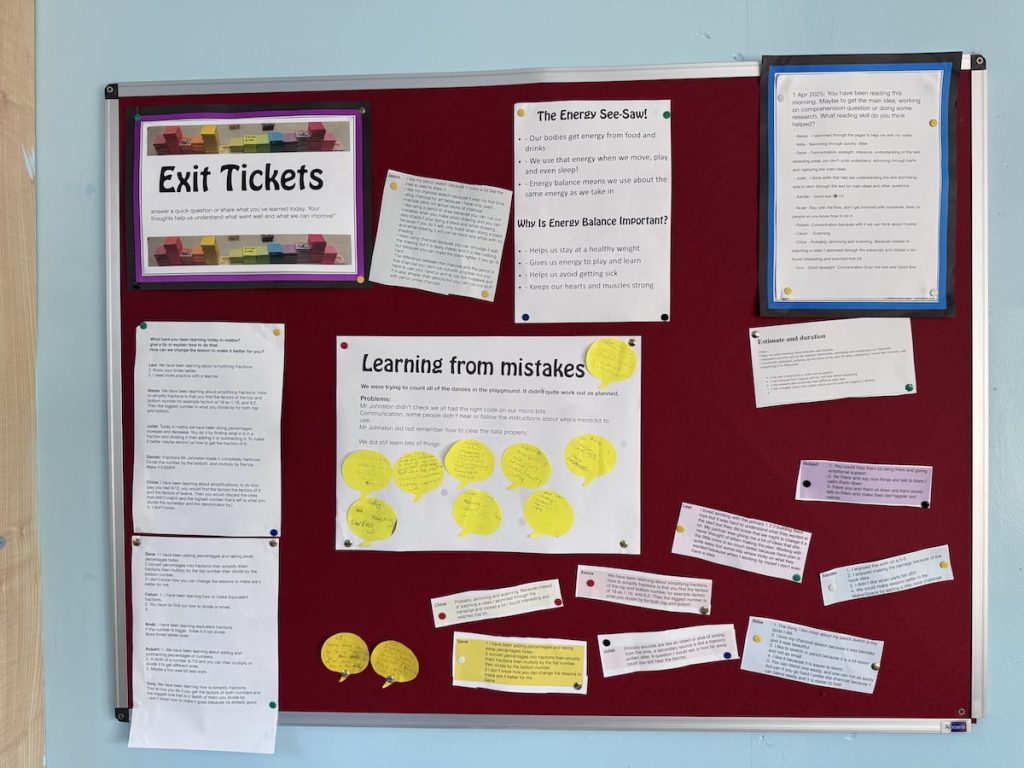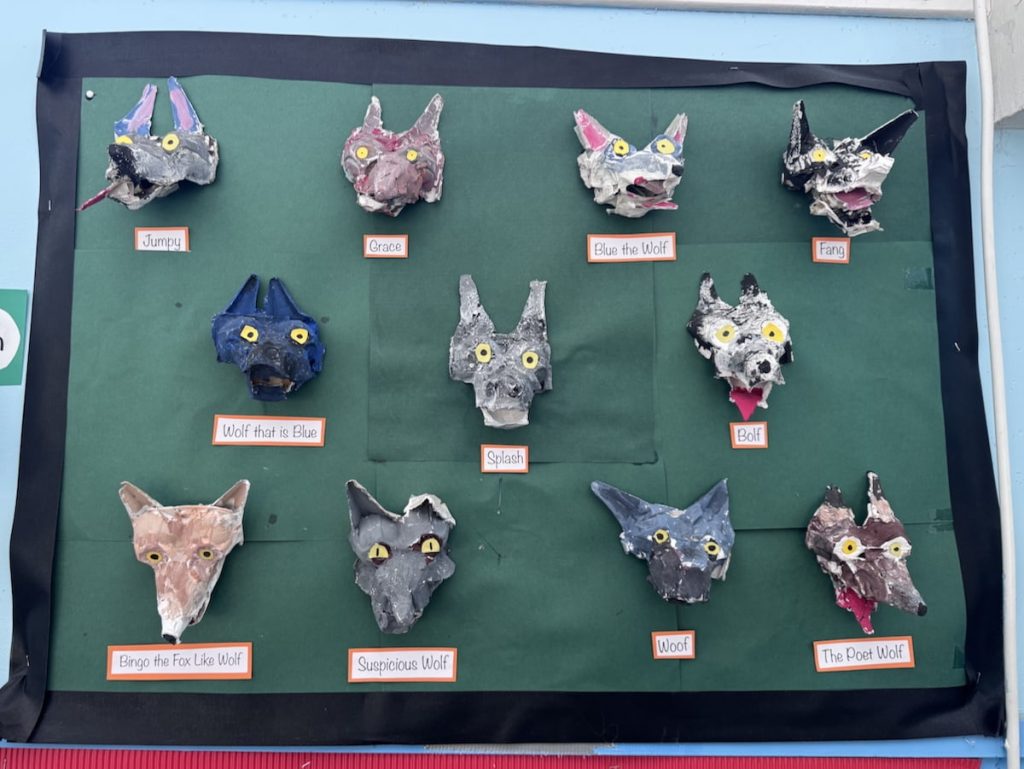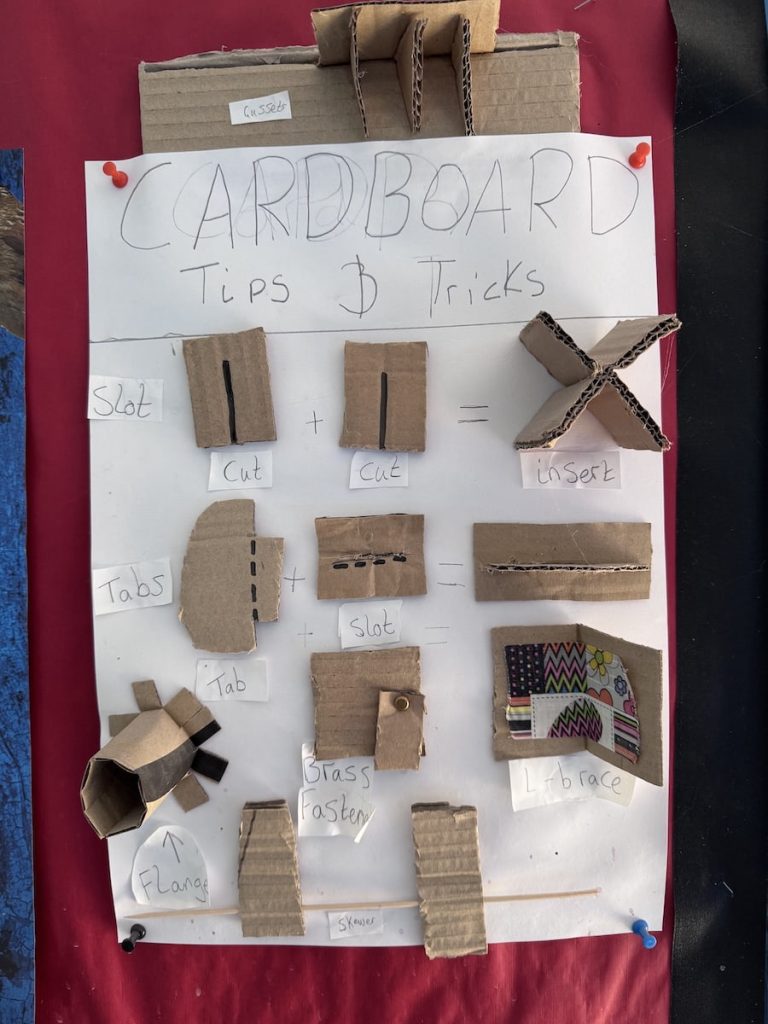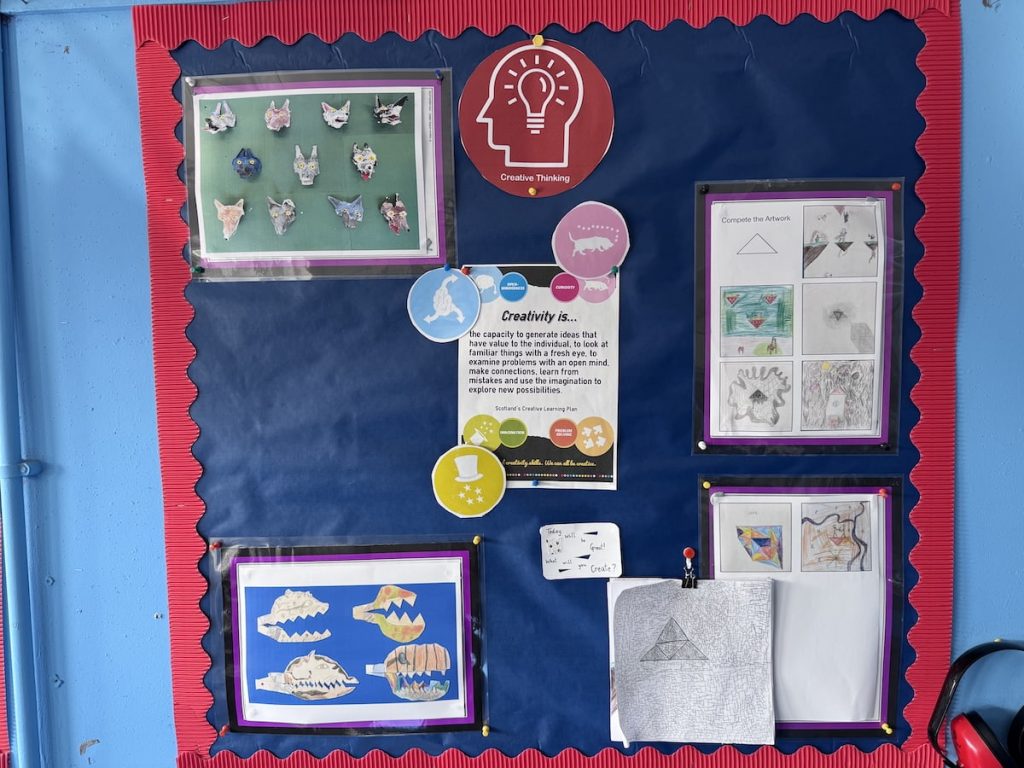
Apart from the orchids yesterday there was a lot of flowering going on.


Apart from the orchids yesterday there was a lot of flowering going on.



Greenside track this afternoon. The weather ranged from almost dry through smirr, drizzle, to quite heavy rain. Quite dull and dark, brightened by lots of wild flowers. Including 3 species of orchid. #blookstrolling #bloomscrolling
WordLand 0.5.15 is out. New version of Dave Winer’s WordPress editor. Nicest feature for me is the
Choosing a site now remembers previous sites you’ve chosen
I seem to have 25 sites linked to my WordPress account.
I also listen to Dave’s podcast episode on WordLand earlier this week.
WordLand is a good editor. For some people who write in WordPress it will be a godsend, and for others, a revelation. There should be a lot of editors in this space, because there is no one editor that’s good for everyone.
A very interesting post & comments on Jeremy Herve‘s blog: WordPress, WordLand, and the Open Web. Where there a variery of takes.
Personally the idea of lots of editors really resonates with me, I used quite a few. WordLand for this post although I’ll probably nip into the editor to add some tags.
Last day at school, last fire & last blog post on my class blog.
Yesterday, cleaning out more drawers and cupboards. Full of memories and good intentions.
Read Highway Thirteen by Fiona Mcfarlane ★★★★★ 📚
A series of stories surrounding a serial killer’s crime that is never fully described. Instead the tangential echos and sources of the crime are explored.
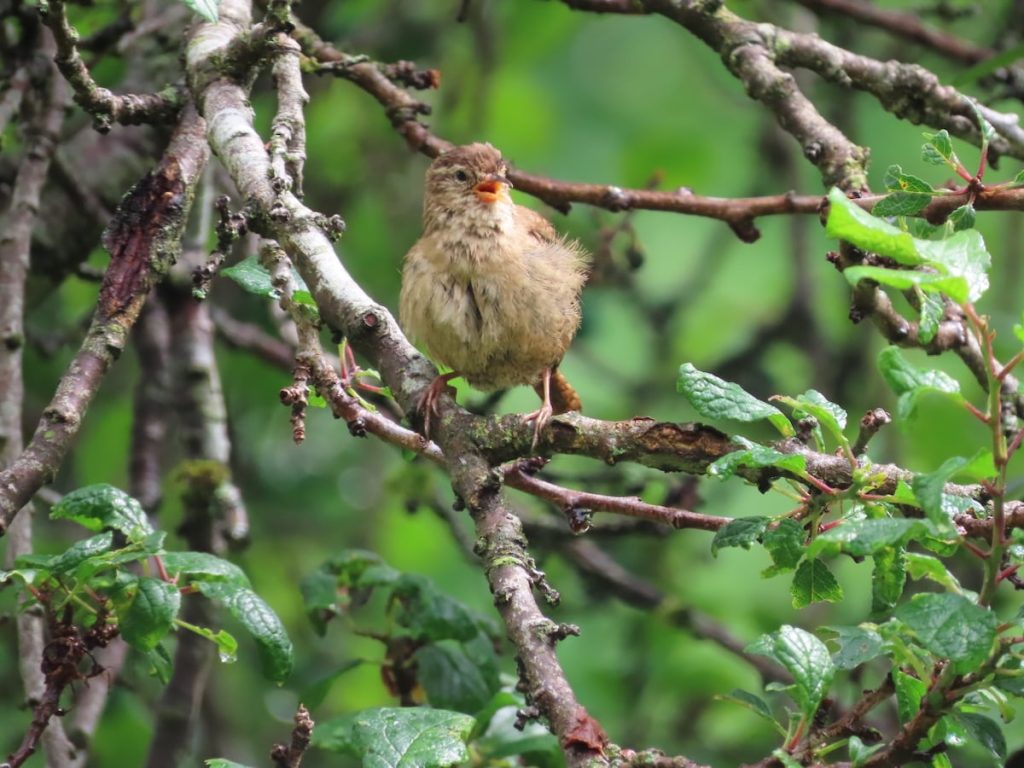
#SilentSunday #birds
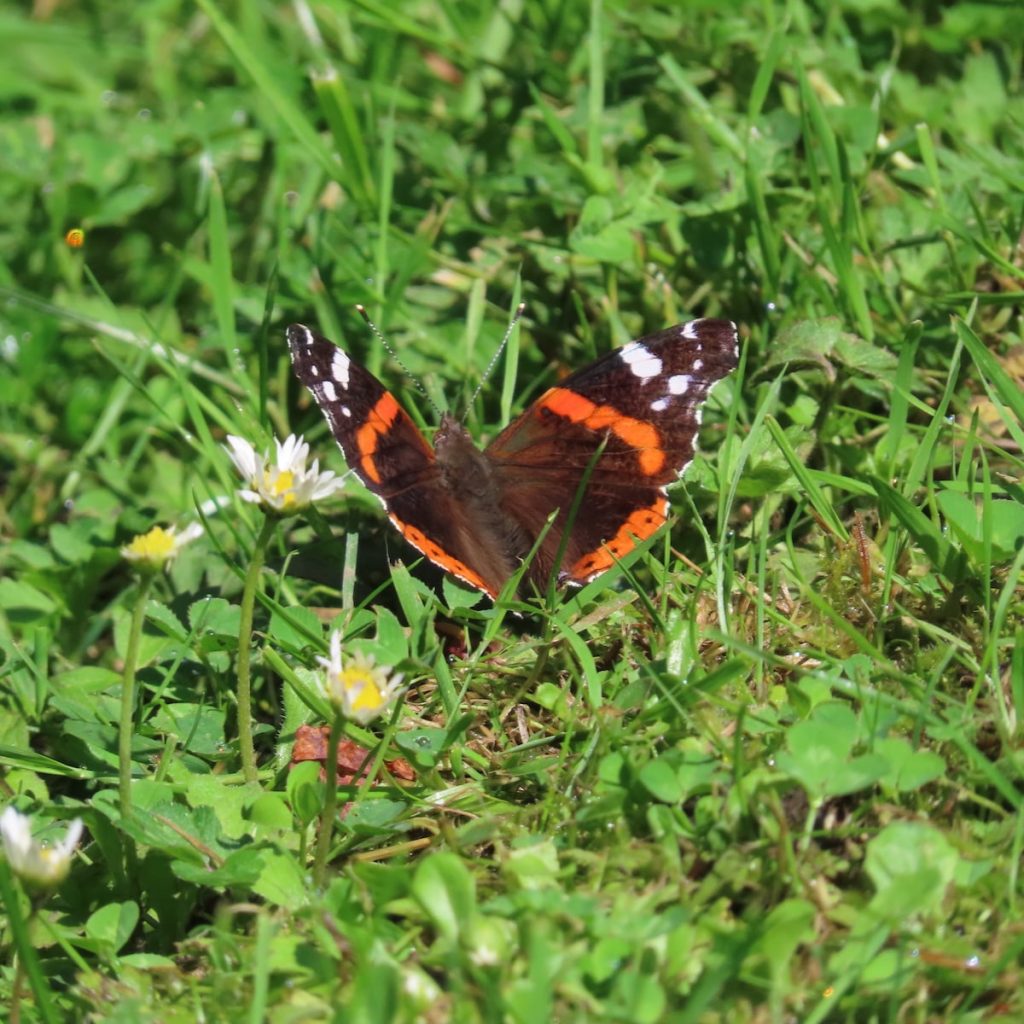
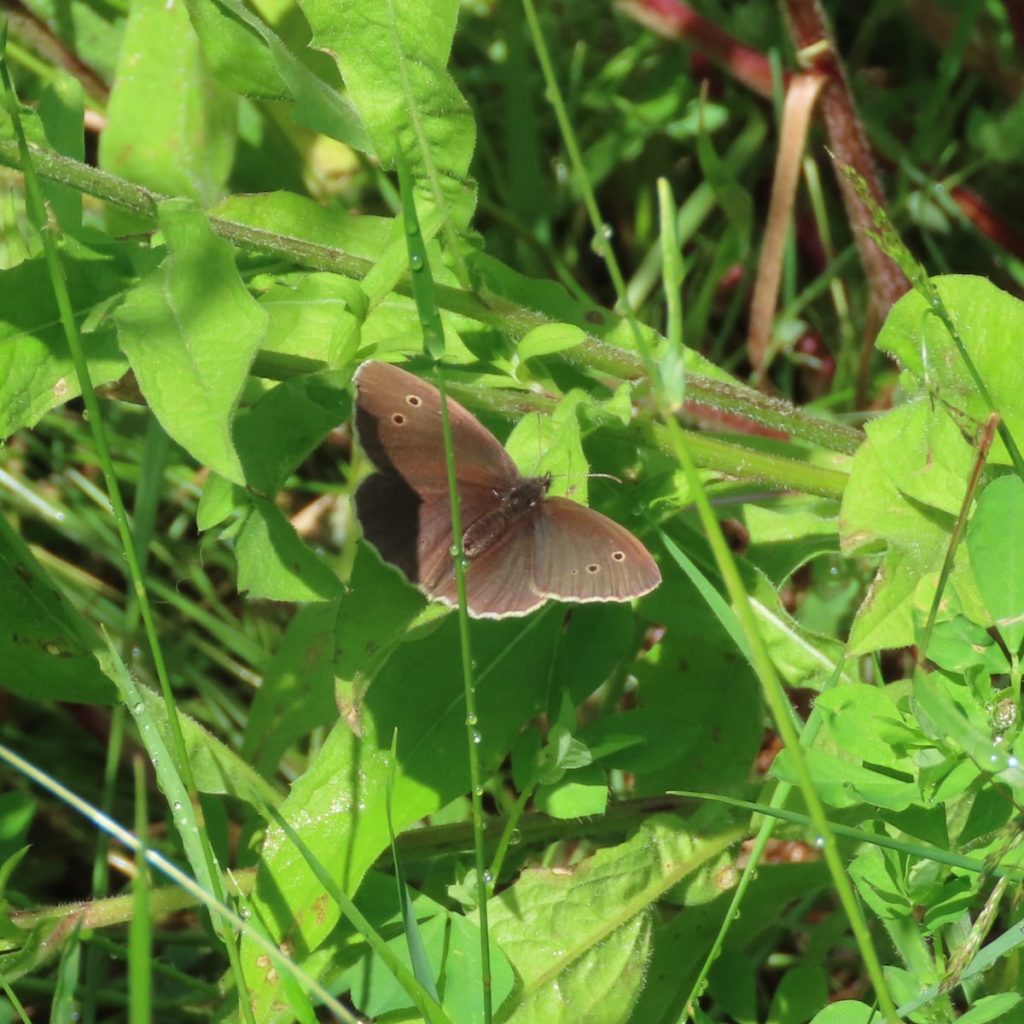
Warm and wet today, in the afternoon the sun came out as did a few Red Admiral and Ringlet butterflies round Gartnavel.
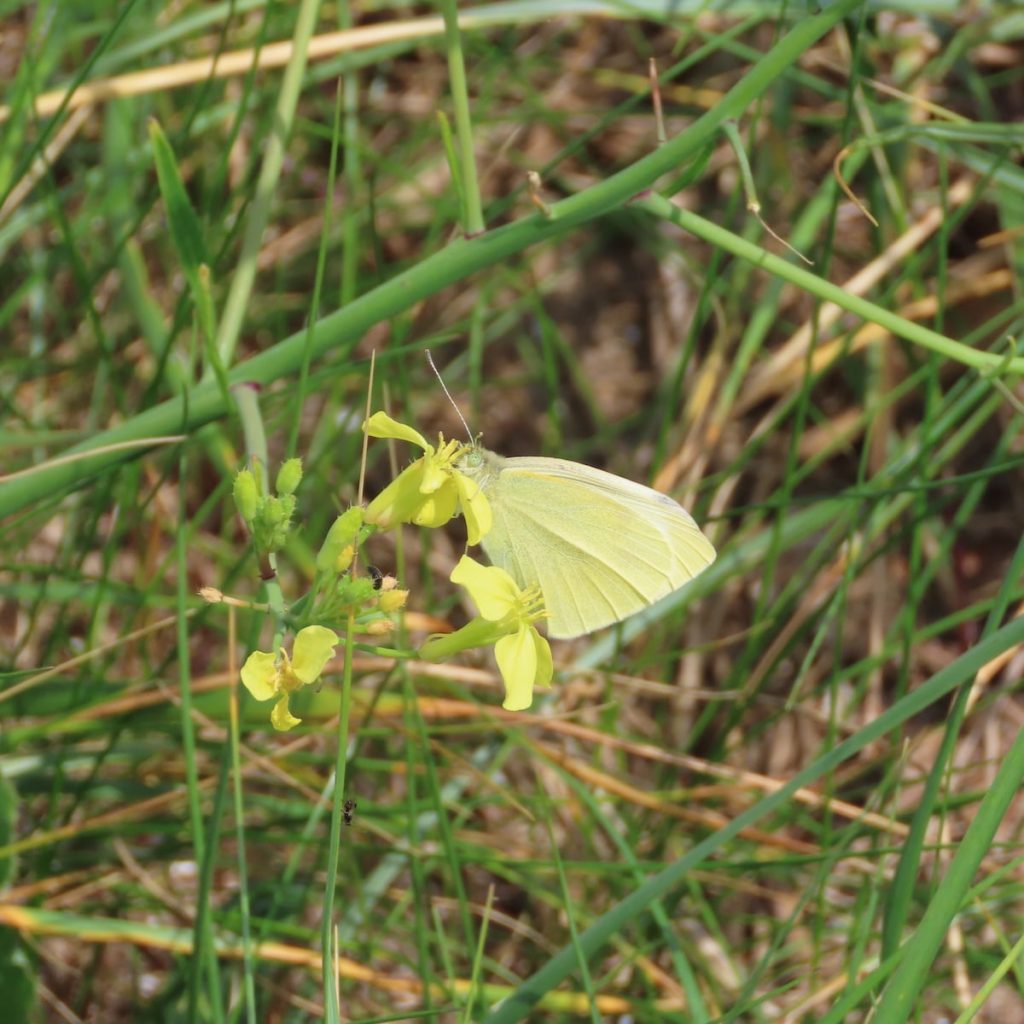
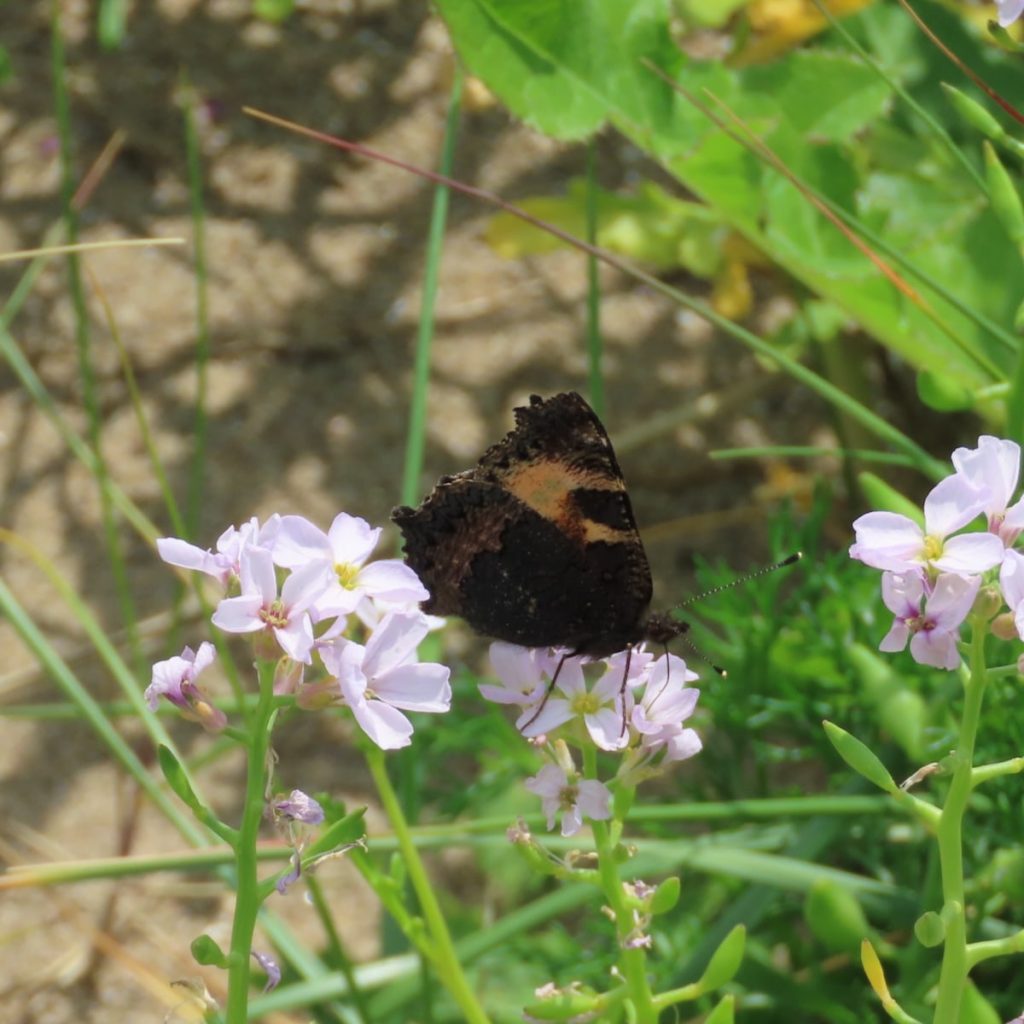

Barassie, lots of small whites (on wild radish) & small tortoiseshells( sea rocket) along the shore. The Tortoiseshells zooming along. Some heading quite directly out over the beach. Watch a couple of common blues circling around never settling. Hot day veering to muggy.
My blog got its name from an idea I tried to popularise: a Class Blog could be a wall display for everyone to see.
My own classroom displays tend to the messy. As I tidy up for the last time, 🎻, I took a few photos of today for my memory box.
